Posts in category A.J. Kluyver
Delft University’s Biological Labs 1: The “Palace of Light” on the Nieuwelaan.
At the beginning of 2016, the Laboratory for Microbiology, together with the rest of the Department of Biotechnology, will move out of its current building, destination the new Faulty building on the outskirts of Delft. This seems like a good moment to take a look at the previous lab where so many breakthroughs were made. It was known as the “Palace of Light” because people worked late into the night.
We are fortunate that, thanks to a commemorative book published when Beijerinck was a fairly new Professor and photographs taken just before the department moved out, we know what it looked like. At the time it was built, it was the most expensive laboratory in the University. An extension was added in 1911.
- The 1911 extension
- The new door into the lab
Part of the building, on the left of the top photo, was the Professor’s house. The garden sloped gently down to a large canal (the canal’s edge can be seen as a white line across the bottom of the picture). It was in the greenhouse in this garden that the tobacco plants were grown for Beijerinck’s work on the Tobacco Mosaic Virus, and many famous microbial species were isolated from the soil and mud of the garden and canal.
We have a few pictures of the inside of the lab in Beijerinck’s time.
- staff lab
- student lab
- lecture theatre
- culture collection
After Kluyver’s death and before everybody moved to the new (and current) building, everything was photographed. The photos are all numbered with corresponding floor plans so that we know not only which room is shown, but where the photographer was standing to take the picture. This is just a small sample.
- Kluyver's office as he left it.
- Kluyver's lecture theatre
- Electron microscopy
- Staff lab
- Students laboratory
- Laboratory
The building (without the extension) is still there. After a number of trials and tribulations including the building of a major bridge close to the front door of Beijerinck and Kluyver’s house, it is now apartments. To mark the 100th anniversary of Beijerinck’s appointment, a plaque was unveiled next to the original laboratory door.
Celebrating Professors
During the first half of the 20th century, it seems to have been customary to make certificates, posters or books to commemorate special events. The Archive includes a number of photo albums showing laboratories in the University or even abroad, but three examples stand out, not least because of the considerable amount of work that went into them.
The first is a book made for Kluyver by three of his pupils (van Niel, Leeflang and Struyk) a few years after he became Delft’s Professor of Microbiology. The book compares Beijerinck’s 19th century approach to the wonders to be found in 1 gram of soil with Kluyver’s 20th century approach to the wonders associated with 1 gram of carbinol. That’s not students kneeling outside the Professor’s door in the 4th page, but representatives of industry!
The second is a handmade poster (about the size of a large double bed) that was made to mark the 25th anniversary of Kluyver’s inaugural lecture. It shows notable features from those 25 years, including sketches of the laboratory, Kluyver’s most famous work (The Unity in Diversity) and his inaugural address (“Rede”) in which he emphasized the importance of applied research. Every rectangle represents a story.
The Kluyver Flask (still used for growing submerged, well-mixed cultures) and a shaker for closed jars containing oxygen-free cultures are shown. During the Dutch “Starvation Winter” at the end of World War II, Delft’s Yeast and Spirits Factory gave their staff soup made from yeast extract at lunch time, and as one of their advisors, Kluyver regularly benefited from this at weekly meetings. Lastly, at a time when it was usual to stand if a Professor came into the room, the staff’s affection for Kluyver shines through in several squares teasing him about his smoking!
A book to mark van Iterson’s 25th anniversary as a Professor also falls into this category despite being essentially a photo album because the makers included all of his PhD students, postdocs and co-workers from other countries, showing who they were, what they did and what happened to them afterwards. van Iterson’s conviction that the primary job of a Professor is to teach is obvious from the fact that there’s 160 pages, each with one or more person on it. The example here shows J.E. van Amstel, the first woman to be granted a Doctorate in Delft.
Glass negatives galore!
Our glass negative collection (about 27,000 of them) dates from the mid-1880s to the 1960s (when they were being used with the electron microscope. It covers a remarkably wide range of topics including Beijerinck’s gall wasps, light microscopy, travel (especially van Iterson’s working trip to Indonesia) to images from publications – essentially what any group of Professors would have in their Powerpoint collections today. The quality of the images is amazing – it has been possible to enlarge pictures to A0 without grain or blurring.
Later posts will showcase the individual collections of the three Professors, this is just a taster to show examples of what we have.

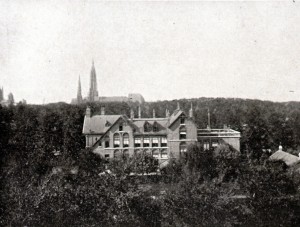

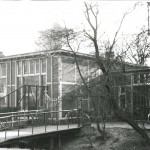
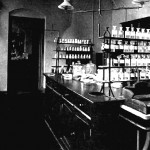
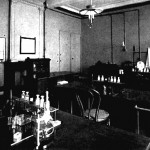

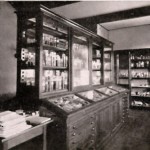

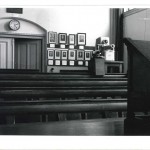
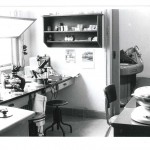
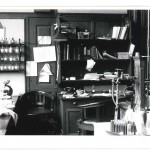

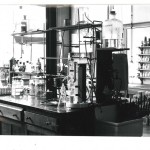
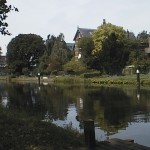

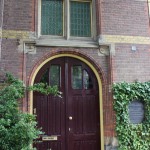
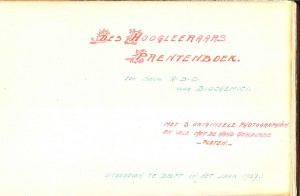
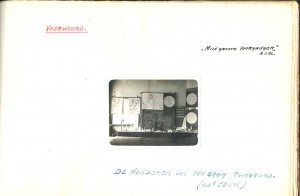
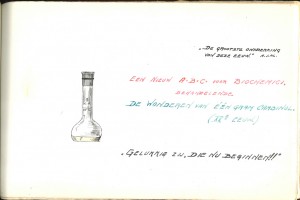
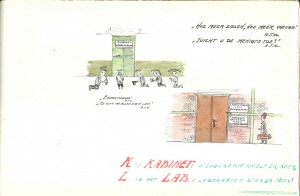
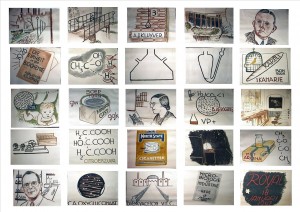

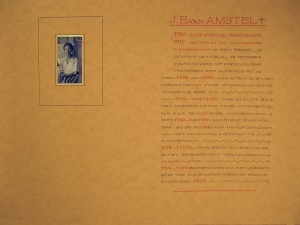


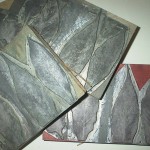
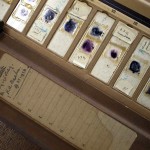

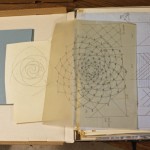

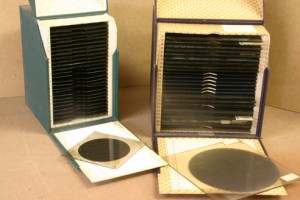
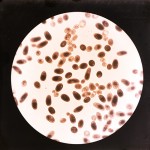
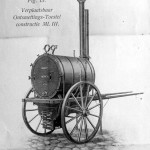


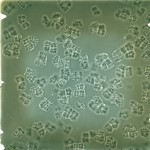
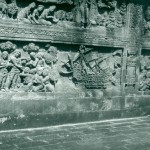
Recent Comments